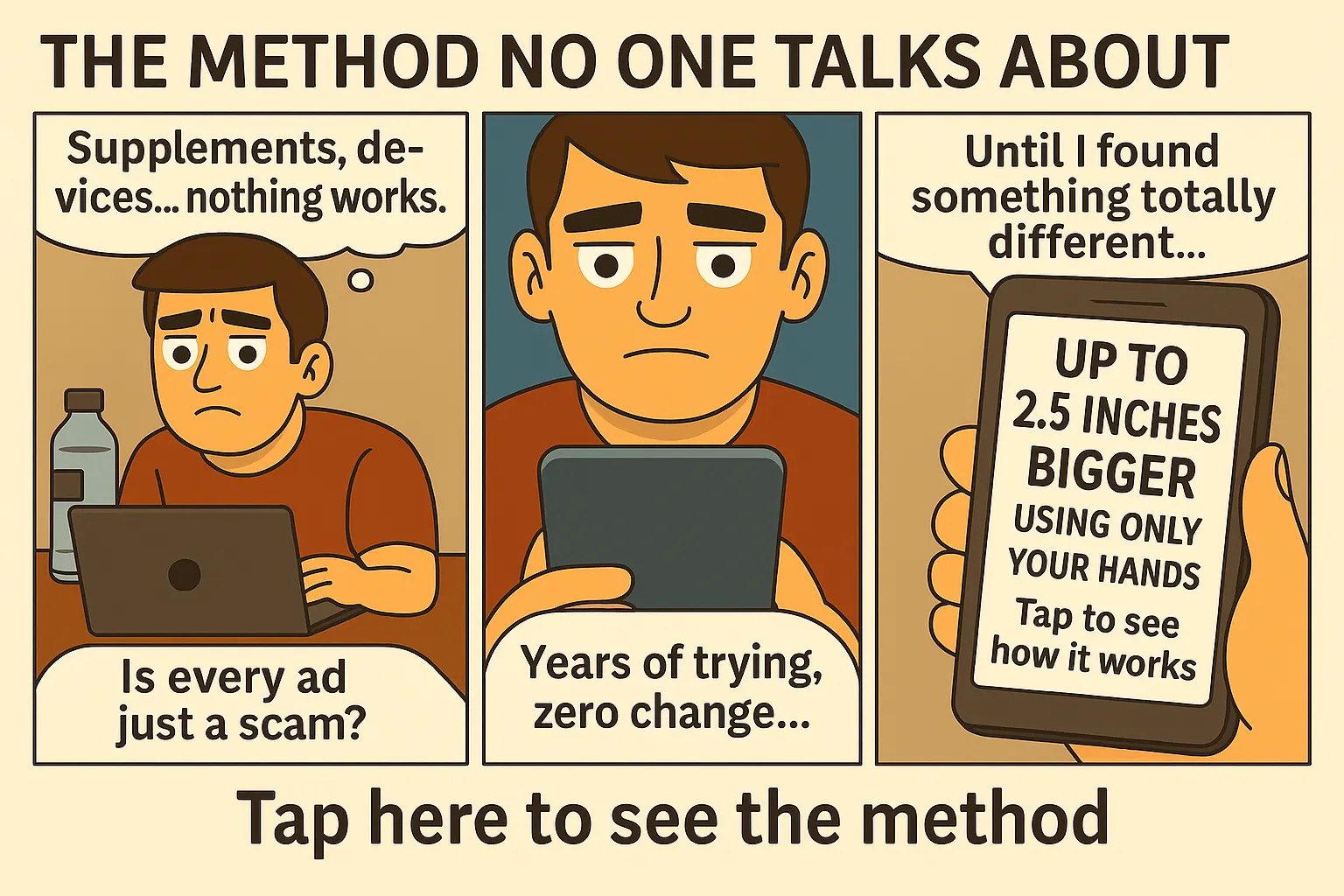The Testosterone Numbers That Separate Average from Alpha
If you’ve been wondering, “what is a good testosterone level?”, you’re not alone. With more men becoming aware of how hormones impact energy, mood, muscle growth, libido, and performance — it’s crucial to know where your T levels stand and what’s optimal for your age and lifestyle.
The Basics of Testosterone
Testosterone is the primary male sex hormone, responsible for traits like muscle mass, deep voice, facial hair, and libido. It also influences bone density, fat distribution, red blood cell count, and even your confidence levels. Without enough of it, things start to fall apart — fast.
Total vs Free Testosterone
When discussing what a “good” level is, we need to separate two key measurements:
- Total testosterone: This includes all testosterone in your blood, both bound and unbound.
- Free testosterone: This is the active form not bound to SHBG (sex hormone-binding globulin) — and it’s what really drives performance.
Lab Reference Ranges (And Why They Can Mislead You)
Most labs report “normal” testosterone ranges as:
- Total testosterone: 300–1,000 ng/dL
- Free testosterone: 5–25 ng/dL
But these reference ranges are based on averages — not optimal health. A man at 320 ng/dL may be technically “normal,” but he’s far from performing at his best.
What’s an Optimal Testosterone Level?
Here’s what’s generally considered ideal for high-performing men:
- Total T: 600–900 ng/dL
- Free T: 15–22 ng/dL
Levels below these numbers — even within the “normal” range — are often associated with symptoms of low testosterone.
Symptoms of Low Testosterone
If your T levels are below optimal, you may experience:
- Low energy and constant fatigue
- Reduced sex drive and weak erections
- Depressed mood or brain fog
- Increased body fat
- Loss of muscle mass and strength
Age and Testosterone Decline
Testosterone peaks around age 18–25 and begins to decline slowly after 30. By age 40, many men experience significant drops — unless they actively support their hormone levels through training, diet, and lifestyle optimization.
How to Check Your Testosterone
The best way to know your level is through blood testing. You can do this through a doctor or order a discreet at-home kit. For the step-by-step guide, read how to test testosterone levels at home.
How to Improve Testosterone Naturally
If your levels are low or borderline, try this stack:
- Lift heavy weights 3–4x per week
- Eat a diet rich in eggs, steak, oysters, avocados, and nuts
- Supplement with zinc, vitamin D, and magnesium
- Reduce sugar, alcohol, and plastic exposure
- Prioritize deep sleep and stress management
Need proof that supplements help? Check out our breakdown on Vitamin D and testosterone.
When to Consider TRT
If lifestyle changes don’t raise your levels and you remain symptomatic below 400 ng/dL, you may be a candidate for testosterone replacement therapy (TRT). But remember — optimize naturally first before going the medical route.
Should You Worry About “High” Testosterone?
Not usually. While abnormally high testosterone from steroids or injections can cause aggression, acne, or organ stress — naturally high testosterone (within 900–1,000 ng/dL) is typically a sign of peak health, not danger.
Other Hormones That Affect Your T
- SHBG: Binds testosterone and makes it inactive
- Estrogen: High levels from fat or poor liver detox lower T
- Prolactin: Elevated in some men with low libido
Track It Like a Boss
Testosterone isn’t something you guess. It’s something you track. Run tests every 3–6 months to see how your habits affect your hormones. Combine this with semen retention, blood flow upgrades, and lifestyle mastery.
The Bottom Line: What Is a Good Testosterone Level?
A good testosterone level is one that lets you feel strong, clear, motivated, and sexually alive. For most men, this means staying in the 600–900 ng/dL range for total testosterone and 15–22 ng/dL for free testosterone.
Ready to Max Out Your T?
If you’re done settling for average and want to optimize your size, energy, and stamina — start the complete natural T-boosting system here. Your power is in your blood — it’s time to unlock it.
Why “Normal” Isn’t Always Optimal
Many men are told their levels are “normal” when they’re anything but thriving. If your T is technically within range but you feel sluggish, foggy, or low-libido — that’s not optimal. Aim for the upper third of the range to truly perform at your best.
The Testosterone Decline Epidemic
Modern life is brutal on male hormones. Compared to the 1980s, men today have 20–30% lower testosterone — and that number keeps dropping. Why?
- High stress and cortisol
- Low-quality sleep
- Endocrine disruptors in plastics, food, and water
- Poor diet and sedentary lifestyles
Morning Wood: Nature’s T Gauge
One of the best signs of strong testosterone? Morning erections. If you’re no longer waking up hard 3–5 times per week, your T may be tanking. That’s a warning signal, not a fluke. Want to regain morning wood? Focus on blood flow and hormonal balance.
Foods That Kill Testosterone
- Soy products: Can increase estrogen
- Refined sugar: Raises insulin and kills T production
- Alcohol: Damages liver, lowers zinc, reduces T
- Processed seed oils: High in omega-6, causes inflammation
Best Testosterone-Boosting Foods
- Beef liver: Packed with vitamin A, zinc, and B vitamins
- Eggs: Rich in cholesterol, needed for T synthesis
- Oysters: Nature’s zinc powerhouse
- Avocados: High in healthy fats
Stacking Semen Retention With Testosterone Optimization
If you’re serious about getting into the optimal T zone, combine smart training, deep sleep, and semen retention to multiply your masculine edge.
Best Time to Test Your Testosterone
Always test your testosterone levels in the morning — ideally between 7 and 10 AM. T fluctuates throughout the day and is highest after you wake up. For best accuracy, avoid food or caffeine before testing. See our full protocol here: testosterone testing at home.
Training Styles That Boost T
Want to boost testosterone with your workouts? Avoid endless cardio and instead focus on:
- Compound lifts: Squats, deadlifts, overhead presses
- Short rest periods: Keeps cortisol down, intensity high
- Progressive overload: Add weight or reps weekly
- Sprint intervals: Boosts growth hormone and T
Morning Routine to Support Testosterone
Want to build a daily rhythm that protects and enhances your hormones? Here’s what a testosterone-friendly morning looks like:
- Wake with the sun: Natural light boosts T and sets circadian rhythm.
- Hydrate with minerals: Add salt and lemon to water for electrolyte balance.
- Move your body: 5–10 minutes of dynamic bodyweight movement wakes up your nervous system.
- Cold shower: Increases blood flow and may support testosterone naturally.
- Eat fat and protein: Ditch the cereal — start with eggs, steak, or Greek yogurt.
Tracking T Progress Like a Pro
Here’s how to measure whether your testosterone optimization is working:
- Track energy and libido weekly
- Log morning wood frequency
- Use a T-testing kit every 3–6 months
- Keep a food and sleep journal
Testosterone and Your Legacy
It’s not just about muscle or libido. Testosterone shapes how you lead, show up for your family, dominate your career, and navigate challenges. When T is high, discipline comes easier, and confidence flows naturally. When it’s low, everything feels harder.
The Final Word: What Is a Good Testosterone Level?
Forget average. A “good” testosterone level is one that makes you feel sharp, strong, horny, and alive. For most high-performing men, that’s between 600–900 ng/dL total, and 15–22 ng/dL free. Don’t settle for less. Your edge depends on it.
Step Into Peak Performance
If you’re ready to turn your testosterone around and dominate every area of your life — get the full blueprint here. It’s not just about hormones — it’s about becoming the man you were built to be.
Top Testosterone Myths — Busted
- “Low T only affects old men.” — False. Men in their 20s and 30s are experiencing record-low testosterone due to lifestyle and environment.
- “Testosterone makes you angry or aggressive.” — No. Balanced testosterone improves mood and emotional stability.
- “You can’t change your T naturally.” — Wrong. With the right strategy, many men have doubled their levels without drugs.
Your Testosterone = Your Edge
Think of testosterone as your fuel source. It powers your ambition, sex drive, confidence, and mental clarity. Don’t let modern habits drain it. When optimized, it transforms how you think, move, and lead.










